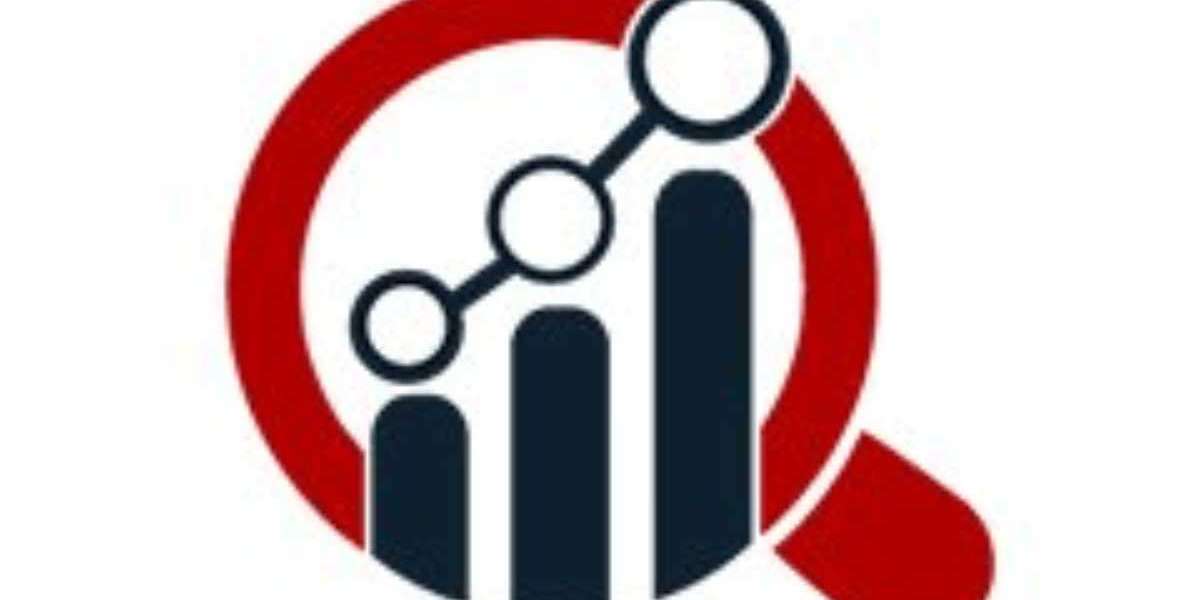Unlock the Secrets: Discover the Ultimate Pregnancy Calendar That Every Expecting Parent Needs!
As you embark on the incredible journey of parenthood, understanding your pregnancy timeline becomes essential. A pregnancy calendar based on your due date can be a valuable tool for expecting parents, providing a detailed roadmap to navigate this transformative experience. From tracking important milestones to preparing for your baby's arrival, a pregnancy calendar helps you stay organized and informed. Whether you’re a first-time parent or adding to your growing family, utilizing a pregnancy calendar can enhance your emotional preparedness and physical health monitoring, ensuring you’re ready for each stage of this beautiful journey.

The Importance of a Pregnancy Calendar
A pregnancy calendar serves as an essential guide for expecting parents, offering a structured way to monitor progress and prepare for the future. One of the primary benefits is emotional preparedness. Knowing what to expect week by week can help alleviate anxiety and create a more positive mindset. Additionally, keeping track of physical health is crucial; a calendar can remind you of important doctor visits, tests, and check-ups, ensuring both you and your baby remain healthy throughout the pregnancy. Friends who have used pregnancy calendars often share how these tools helped them celebrate milestones, such as hearing the baby’s heartbeat or feeling those first kicks, making the experience even more memorable. Moreover, a calendar can act as a simple way to jot down questions or concerns for your healthcare provider during appointments, ensuring you get the most out of each visit.
How to Calculate Your Due Date
Understanding how to calculate your due date is a crucial first step in utilizing a pregnancy calendar. The most common method is based on your last menstrual period (LMP), where you add 280 days (or 40 weeks) to the first day of your last period. However, if your cycles are irregular or you conceive later than expected, an ultrasound may provide a more accurate estimate. Many healthcare providers will offer both methods to give you the best idea of your due date. A simple formula to calculate your due date is to take the first day of your last period, add one year, subtract three months, and add seven days. This calculation can empower you with a better understanding of your timeline, allowing you to effectively plan your pregnancy milestones and prepare for the arrival of your little one.
Key Milestones in Your Pregnancy Journey
Every pregnancy comes with its unique set of milestones, and being aware of these can help you feel more connected to the changes happening within your body. The pregnancy journey is typically divided into three trimesters. The first trimester focuses on establishing the pregnancy, where early symptoms like nausea and fatigue may manifest. During this time, notable developments occur, such as the formation of the baby's organs. The second trimester is often referred to as the 'golden period' since many parents experience relief from early symptoms and enjoy the excitement of feeling their baby move. Key health checks, including anatomy scans, typically take place during this trimester. Lastly, the third trimester is all about preparation. Parents can expect significant physical changes and may engage in discussions with healthcare providers about labor and delivery options. Throughout these phases, maintaining a pregnancy calendar allows you to document your experiences, fostering a deeper connection with your baby.
Tools and Resources for Tracking Your Pregnancy
In today’s digital age, numerous tools and resources can help you track your pregnancy milestones effectively. From mobile apps that send weekly updates on your baby's development to beautifully designed journals for personal reflection, the options are vast. Many expecting parents find that online calculators simplify the tracking process, allowing them to visualize their pregnancy journey. It's essential to choose tools that resonate with your style and preferences. For instance, some may prefer a high-tech solution, while others might cherish the tactile experience of writing in a journal. Sharing experiences with friends who have navigated pregnancy can also provide insights into what worked best for them, helping you find tools that enhance your own journey.
Embracing Your Pregnancy Journey
In summary, a pregnancy calendar based on your due date is an invaluable resource for expecting parents. From emotional and physical preparedness to tracking critical milestones, the benefits are clear. By calculating your due date accurately and utilizing various tools and resources, you can enrich your pregnancy experience and feel more connected to the journey ahead. Embrace the adventure of parenthood with confidence, knowing that with the right resources, you are well-equipped for the exciting months to come!








